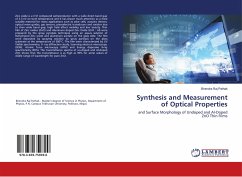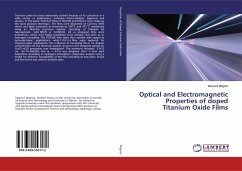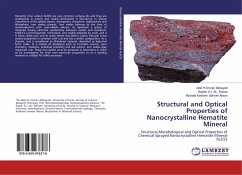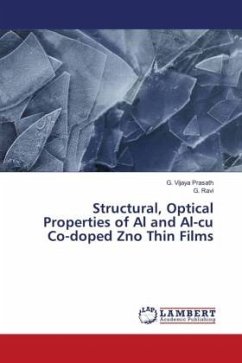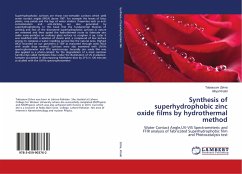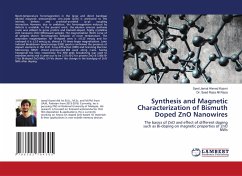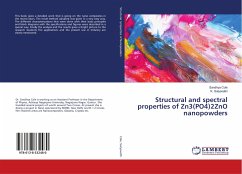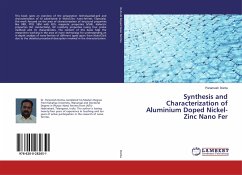Zinc oxide is a II-VI compound semiconductor with a wide direct band gap of 3.3 eV at room temperature and it has drawn much attention as a most suitable material for many applications such as solar cells, acoustic devices, optical wave guides, gas sensors, piezoelectric transducers and varistor due to their wide band gap, high field effect mobility and low toxicity. Thin film of Zinc oxides (ZnO) and Aluminum doped Zinc Oxide (ZnO : Al) were prepared by the spray pyrolysis technique using an aquas solution of Dehydrated Zinc oxide and aluminium acetate on the glass slide. The film were deposited by spraying solution by spray pyrolysis on the glass substrate at the temperature of 500 C. The film were characterized by UV Visible spectrometry, X- ray diffraction study, Scanning electron microscopy (SEM), Atomic force microscopy (AFM) and Energy dispersive X-ray spectrometry (EDS). The transmittance spectra of un-doped and Al-doped ZnO shows that the transmittance is as high as 95% for some values of visible range of wavelength for pure ZnO.
Bitte wählen Sie Ihr Anliegen aus.
Rechnungen
Retourenschein anfordern
Bestellstatus
Storno

